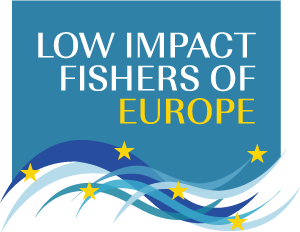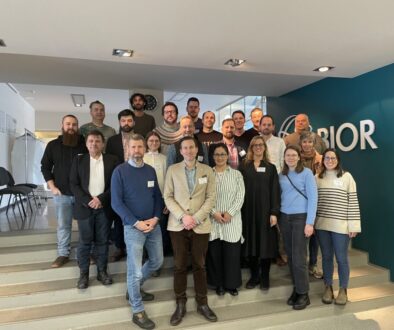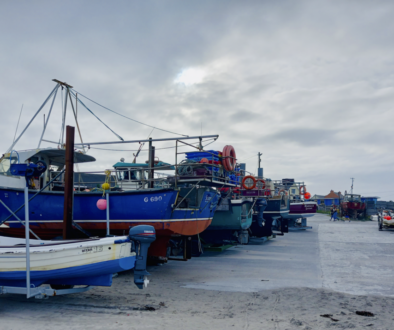This month, the European Parliament held a hearing on the status of the Multiannual Plan (MAP) for the Baltic Sea. Stakeholders from the region were invited to share their point of view and concerns, including LIFE who was represented by a presentation on small-scale fishermen in the Baltic Sea by Katarzyna Stepanowska. She gave details of the decline of Eastern Baltic cod in the region, which has been ongoing for decades.
At the hearing, it became clear that stakeholders consider the MAP, adopted in 2016 to manage cod, herring and sprat sustainably, to be a failure. Jarek Zieliński, chair of the BSAC (Baltic Sea Advisory Council), said BSAC members supported a reform of the management plan. Cathrine Pedersen Schirmer of the Danish Society for Nature Conservation argued that all three legislative objectives of the MAGP had not been implemented.
Moreover, MAP has failed to adequately protect small-scale fishermen, who make up over 90% of the fleet in terms of number of vessels and provide 65% of jobs at sea, but receive only 7% of the catch. To make matters worse, 90 % of the fish biomass extracted from the Baltic Sea is destined for industrial processing, mainly as fishmeal and fish oil for animal feed.
Vesa Tschernij from the Simrishamn Municipality Marine Centre, Sweden, pointed out the stark contrast between food fishing and reduction fishing, noting that eleven times more fish are needed to generate the same income from reduction fishing.
Against this background, LIFE calls for a revision of the Baltic Sea MAP to include a cod recovery plan and measures for the management of plaice and flounder, which have become important but were not included in the original version of MAP.



